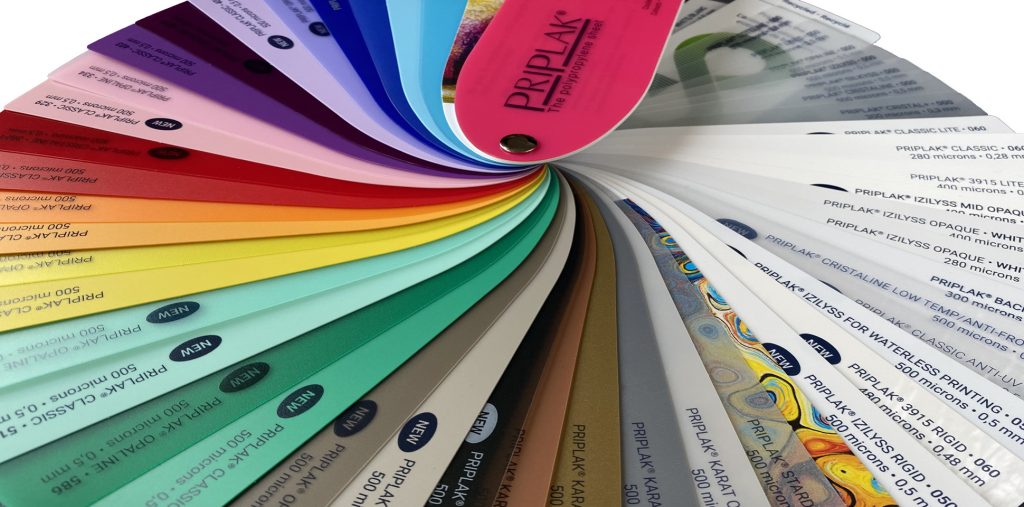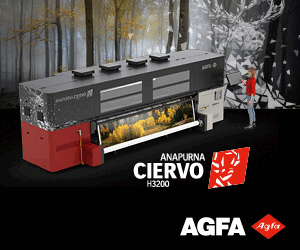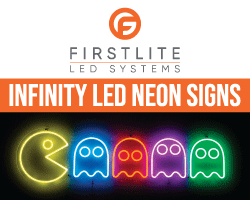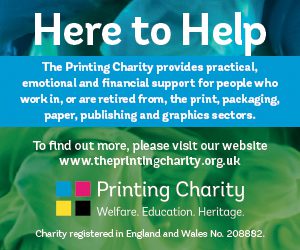This is the question Antalis‘s Product Manager for Rigid Media, Paul Neale has taken a look at in his latest blog.
Plastic has received a bad rap over recent years, in many cases deservedly so. But not always. Sometimes it’s the right, best or only option and the key is to choose and use it wisely.
When it comes to visual communications, substrates often need to be tough, durable, weather resistant, printable and, of course, sustainable. With concern over plastics, in particular the microplastics that seep into the environment as plastic breaks down, there has been a significant shift to paper-based products.
Although paper is a highly sustainable substrate, it is not always the most sustainable option when it comes to visual communications applications. “It’s important to step back to look at the bigger picture,” says Paul, “a paper-based board product is not going to be as suitable as, say, a rigid plastic for a long-term exterior application – it would need to be replaced on a regular basis, which all has a carbon footprint.”
“I think the market needs some reassurance that some, carefully selected, plastics are not just OK to use, but are actually the best material to use; not just for performance, but in terms of sustainability, too,” says Paul.
Polypropylene is a sustainable plastic
The good news is that there is a highly sustainable plastic on the market in the form of polypropylene (PP). PP has been around for a long time and is used widely across a number of industries – new cars are made up of around 50% PP (think dashboard, door panels etc.). It is 100% recyclable and can be recycled many times over without losing its strength.
The challenge, particularly in the Visual Communications sector, says Paul, is the scale of and provision for recycling: “Fortunately, we’re seeing scale start to build as new products come on to the market. And this should only increase as more people recognise PP as a sustainable option.”
Through its participation in the ClosedLoop Remanufacturing Scheme, Antalis is supporting customers to recycle PP and keep plastic out of landfill. Challenges remain on the requirement to have reasonable volume for recycling, however together we can face these obstacles and do more to recycle a valuable resource.
The range of PP and recycled PP products is growing
The number of PP-based products available for visual communications is continually growing, many of them providing sustainable alternatives to PVC and foamboard products.
“We launched Triaprint a couple of years ago,” explains Paul, “It’s a rigid PP with a bubble structure in the core. Lightweight and strong, it’s a brilliant foamboard alternative for indoor and outdoor signage and has an Antalis Green Star System™ rating of 3.” A new Triaprint product with a black recycled core to improve opacity and eco-credentials will extend our range soon.
Identifying sustainable products
The Antalis Green Star System™ makes it easier for customers to identify a product’s environmental credentials. It awards ratings on a scale of one to five: the more stars, the more sustainable a product is.
Made from 100% post-industrial waste, Priplak R100 has a Green Star System™ rating of 4. It’s an alternative not just to PVC, but to virgin PP products, too. It’s perfect for POS, creative display, stationery and packaging applications.
The recently launched Exten Prime-Ex Opaque has achieved an impressive Green Star System™ 3 rating. This Swiss-made product is ideal for POS, display, cards, tags, labels and stationery, while its excellent opacity lends it well to two-sided printing.
One of the concerns with printing PP products in the past has been ink adhesion. Exten features Primex, an inline UV-cured primer, which is producing excellent results on a variety of flatbed printers.

The challenge of composite products
Paul acknowledges the challenge of printing rigid PP for many printers: “The reality is that around 70% of printers only have roll-fed machines, which means that they have to print on a self-adhesive roll material before applying to the rigid substrate. The problem then becomes the recylability of the PP.”
Composite products can pose a significant challenge for recycling. For example, if a PVC-based vinyl is adhered to a rigid PP, it will need to be removed before the PP can be recycled, which isn’t easy or sometimes even possible. Fortunately, Antalis is working with suppliers on the development of a wider range of roll-fed self-adhesive PP, which means composite rigid and roll PP products can be recycled together without the need to separate them.
Is it a green claim or a green fact?
Another of the challenges facing the sector is greenwashing: “There are some quite wild claims made about sustainability, not just in our industry but across the board, that can make it can be difficult for printers and sign makers to know who and what to believe,” says Paul, “so it’s encouraging to see that the EU Green Claims Directive is to be introduced. I can’t stress enough how important it is to work with a reputable supplier. Customers can be reassured that for a product to be awarded our Green Star System™ ratings we have completed our due diligence in checking its credentials.”
Ask questions!
Paul concludes: “We know that customers are understandably cautious about using plastics; the reality is, we should be cautious about any product we use. The key is to ask questions. In polypropylene, we have plastic that, when used appropriately and recycled properly, is a genuine sustainable option.”

















